You know that feeling of regret when you buy a cheap version of an expensive thing only to discover you really should’ve splurged extra on the known brand-name version of that thing instead.
A fear of this feeling can apply to anything from items as relatively affordable as clothing to larger investments like big widescreen televisions.
When it comes to cars, though, it’s orders of magnitude higher in terms of investment and the regret you may end up with.
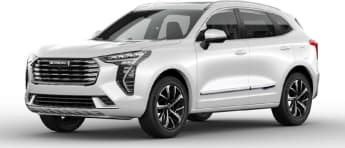
You’ll be stuck with it, too, as a car is generally a three- to 10-year commitment. So should you roll the dice on the Haval Jolion Hybrid - which seems like a great deal on paper - or is your cash better invested into a small SUV from a more established player, like the Toyota Corolla Cross, Hyundai Kona or Honda ZR-V?
To find out, I spent nearly four months and a few thousand kilometres with this one. During that time our Jolion Ultra Hybrid has been our pal on the daily grind, driven some longer trips, has had a measured fuel test at the pump, and we even put it in a direct comparison test against its latest Hyundai Kona hybrid rival.
So what did we find? Would you regret buying this fuel sipping small SUV? Read on to see.
Wait, which Haval Jolion is available as a hybrid?
.jpg)
Just to catch you up on the story so far, there are two Jolion grades available as a hybrid. Either the mid-spec Lux (from $34,990, drive-away) or the one we have for this review, the top-spec Ultra (from $40,990, drive-away).
When you consider the price-equivalent Corolla Cross is a mid-spec GXL (from $40,230, before on-roads), and the similarly-priced Hyundai Kona hybrid ($36,000, before on-roads) is a base model, it seems pretty good value.
The Honda ZR-V meanwhile is only available in a single high-spec grade, at a whopping $54,900, while the Subaru Crosstrek is a bit smaller, and its cheapest Hybrid L grade, at $38,590, before on-roads, won’t save you anywhere near as much fuel.
The standard Jolion Ultra equipment list, which includes things like synthetic leather seat trim, a panoramic sunroof, a holographic head-up display, and wireless phone charging is pretty impressive, too, netting you lots more noticeable gear than its rivals.
.jpg)
Package it up with the tidy drive-away price, and comprehensive seven-year ownership coverage, and you’ve got a good deal.
What is the Haval Jolion Hybrid’s fuel consumption? Will it actually save you money?
Good question, and we’ve crunched the numbers here to give you a more accurate indication of how much fuel this car will drink in the real world and how it compares to its rivals.
This is significantly less than the entry level 1.5-litre four-cylinder turbo versions of the car, which consume 8.1L/100km, or the sporty S which consumes 7.5L/100km thanks to the addition of direct injection.
.jpg)
As an added bonus, you can also use entry-level 91RON fuel in the hybrid, so your savings aren’t eroded by a need to buy more premium fuel grades.
Great! But can you get that official number in the real world? Well, over four months and 2120km my car returned a computer-reported consumption of just 4.6L/100km - so it’s even better than the official claim, which is pretty rare.
On a controlled 150km loop of combined driving conditions measured at the pump - as we require for all our comparison tests, the Jolion returned a slightly less impressive 5.2L/100km, only just above its claim.
How does it compare to rivals? Well the brand-new second-gen Hyundai Kona hybrid returned a stellar number of just 3.6L/100km measured at the pump in the same test, against a claim of 3.9L/100km - that’s one of the best fuel consumption scores I’ve ever seen.
.jpg)
My colleagues have returned consumption numbers of 4.3L/100km in the Corolla Cross hybrid (against a 4.6L/100km claim), while the ZR-V achieved 7.3L/100km against a 5.0L/100km claim in our most recent test.
Middle of the pack for a hybrid maybe? But it is quite accommodating in terms of its footprint, and the fact a Chinese automaker can stand toe-to-toe with some of its far more established rivals is pretty impressive.
The main hurdle for the Jolion hybrid compared to a Toyota hybrid is the price difference between it and the combustion variants. There’s a $7000 difference for the Jolion variants, but for the Corolla Cross, the hybrid only carries a $2500 premium.
This makes it more of a decision if you were going to buy at this price-point anyway, as your time to recoup the dollar difference will be significant for the Haval, even with fuel at nearly $2.00 a litre.
.jpg)
What are some of the best Haval Jolion hybrid features?
I’ve liked a lot about this car in my time with it. For a start, the cabin is spacious and practical and has a few clever touches I haven’t seen in many of its rivals.
The centre console, for example, not only has the usual dual bottle holders, but also some clever little cut outs which are shaped perfectly for you to slot objects into.
There’s a phone-sized one, a tiny one good for magnetic cards which you might need for a home or work parking garage, and a larger one which perfectly fit my wallet or keys.
.jpg)
Below there’s a huge cutaway where you can stow much larger objects in addition to the usual armrest console box.
It also has a clever cable management feature so you can run your USB connector for Apple CarPlay or Android Auto up through the console for minimum mess.
The rear seats also offer heaps of room, and while the synthetic leather trim leans more ‘synthetic’ than ‘leather’ in terms of its look and feel, the seats have proven to be comfortable and accommodating, even on longer trips.
It also has pretty much all the creature comforts. Heated seats and the big opening panoramic sunroof are chief among them, but it’s also got lots of nice take-it-or-leave-it stuff like the holographic head-up display.
.jpg)
Suffice it to say you don’t want for any key equipment, which is a big win for this Chinese small SUV compared to some of its price rivals.
It’s also nice to drive. In fact, it’s by far the best Haval Jolion to drive, but we’ll touch on that a bit later.
What are some of the less good Haval Jolion hybrid features? Are there any deal breakers?
If it’s all seeming a bit too good to be true so far, you should know there are some drawbacks to the whole Jolion hybrid experience. Whether they are deal breakers or not will be up to you.
.jpg)
There are two main pain points when it comes to driving this car. The first is the software. It’s simple enough in its layout, and it looks pretty good at a distance, but it’s clumsy to use and like many new generation cars there are too many key functions buried in touchscreen menus.
You do get a few shortcut buttons for the climate functions, but to control more features like fan speed, recirculation, or use the dual-zone climate features, you need to delve into the swipe-up screen, which can be distracting while you’re on the move.
The same can be said for multimedia controls. There’s no physical volume dial, so if you want to change the volume, brightness, or even something as basic as turn the heated seats on, you need to drag out a menu from the furthest corner of the screen to do so. Annoying!
Like other Chinese cars, there is also a plethora of inconsistently labelled sub-menus and terms for safety items which should be simplified.
.jpg)
But there are more small annoyances. The digital instrument cluster is a decent little bit of kit, but you can’t use any of its menus or features unless you turn off the lane keep assist, which is on every time you start the car. Why? I don’t want a lane keep screen as my only option.
This brings us nicely to the second major annoyance which is the invasive active safety tech. For some reason, in the Jolion hybrid, you can permanently disable the very frustrating driver attention alert feature, which you couldn’t do on the S, but the lane keep tech still rears its ugly head every time you start this car.
To be fair to it, I’ve used similarly invasive systems on Kias and Hyundais, but in the Jolion it can be more than annoying and will jerk the steering wheel out of your hand in alarming fashion occasionally.
It’s a shame because these little flaws get in the way of what could be a stellar offering. We can only hope they’re addressed in a future software update.
.jpg)
Oh, and there is one last minor one which could be annoying, depending on your circumstances. There doesn’t appear to be a dome light in the rear. I can’t imagine this would make for a fun time fitting a child seat at night.
What is the Haval Jolion hybrid like to drive?
Easily the best Jolion, and one of the better Chinese cars to drive for sure. The Jolion has a reasonably balanced ride, solid handling for a small SUV, and its powerful electric motor and clever transmission make for a smooth experience in the daily grind, unlike the clumsy, more affordable, dual-clutch versions.
It’s far preferable to the MG ZS, for example, and even held its own against the new Hyundai Kona in our recent comparison test (however, the Kona is still much better in a lot of small areas, from steering to ride).
.jpg)
It’s not perfect, by any means. Many will prefer the polished drive and light steering offered in the Corolla Cross, for example, and while its ride is more forgiving than the sporty S grade, it still has a vaguely hollow feel and can be a bit firm on more abrupt road imperfections.
It’s mainly in these small fringe areas where you can see the lack of tuning and where some of the corners may have been cut, or the experience in road testing simply isn’t that of its rivals.
The steering, while great in isolation, felt wooden compared to the finely tuned feedback available in its Hyundai Kona rival in our comparison test, and the flaws of its software and some bits of fit and finish weren’t quite a match.
Still, I’m inclined to forgive such things, given the price advantage, and they’re only evident when driving a direct rival back-to-back.
You won’t notice these little lack of polish areas in your day-to-day grind. I’ve quite enjoyed driving this car around in my time with it.
GWM Haval Jolion 2023: Ultra Hybrid
| Engine Type | Turbo 4, 1.5L |
|---|---|
| Fuel Type | Unleaded Petrol/Electric |
| Fuel Efficiency | 5.0L/100km (combined) |
| Seating | 5 |
| Price From | $30,140 - $36,300 |
| Safety Rating |
|
Verdict
So, where does all this leave our Jolion Ultra Hybrid? On the whole I’m very impressed with it, especially considering where this brand was a few years ago. And if it was my actual car I don’t think I’d be disappointed with it several months and a few thousand kilometres in.
Yes, it still lacks the polish of some of its more direct rivals, but the flaws are such small annoyances that I could understand forgiving them, especially given the hybrid Jolion is available without a long waiting list, hits its fuel consumption claims in the real world, and by the time you drive it out of the dealership, it is significantly cheaper than most of those rivals.
The fact it also has one of the best back seats in the class and a hybrid drive which feels as slick as they come is simply a bonus.
It’s up to you whether things like the clumsy software and overbearing safety features cause it to fall short. I think it still adds up, but things like this can be down to an individual driver’s comfort level and preferences, so you need to try it to see if it will still be for you.
Haval Jolion Hybrid Ultra
Acquired: September 2023 (swapped from Jolion S had since August)
Distance travelled this month: 1360km
Odometer: 9502km
Average fuel consumption: 4.6L/100km
Pricing Guides



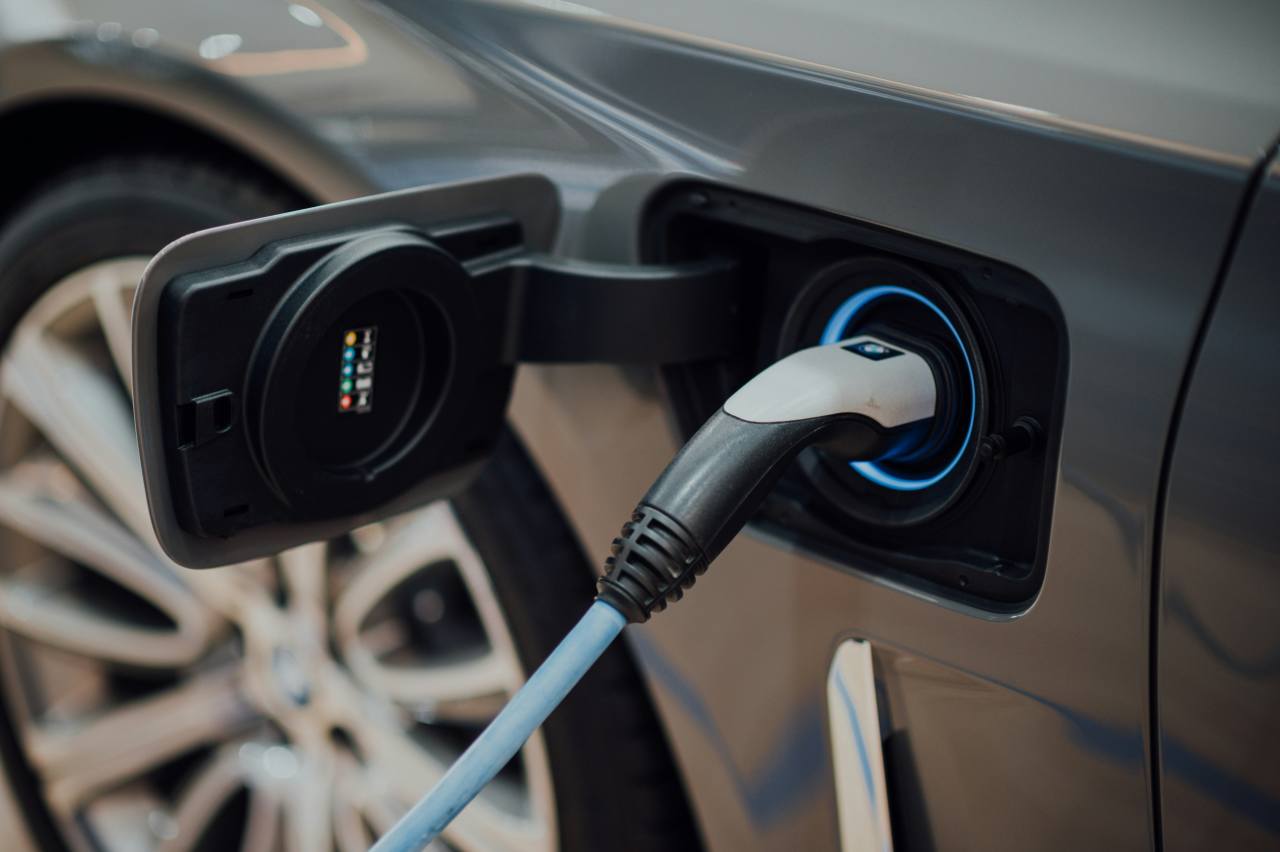

.jpg)
.jpg)
.jpg)



















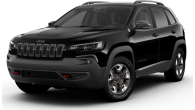
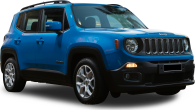














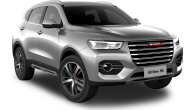

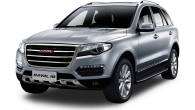



 copy.png)

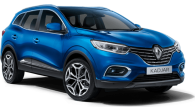




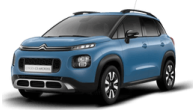






.jpg)
.jpg)
.jpg)
.jpg)
.jpg)
.jpg)
.png)
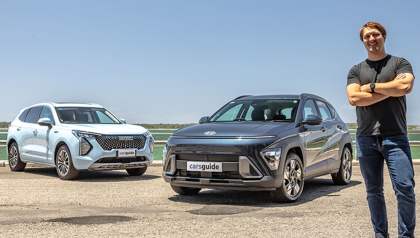

.jpg)
.jpg)
.jpg)
Comments